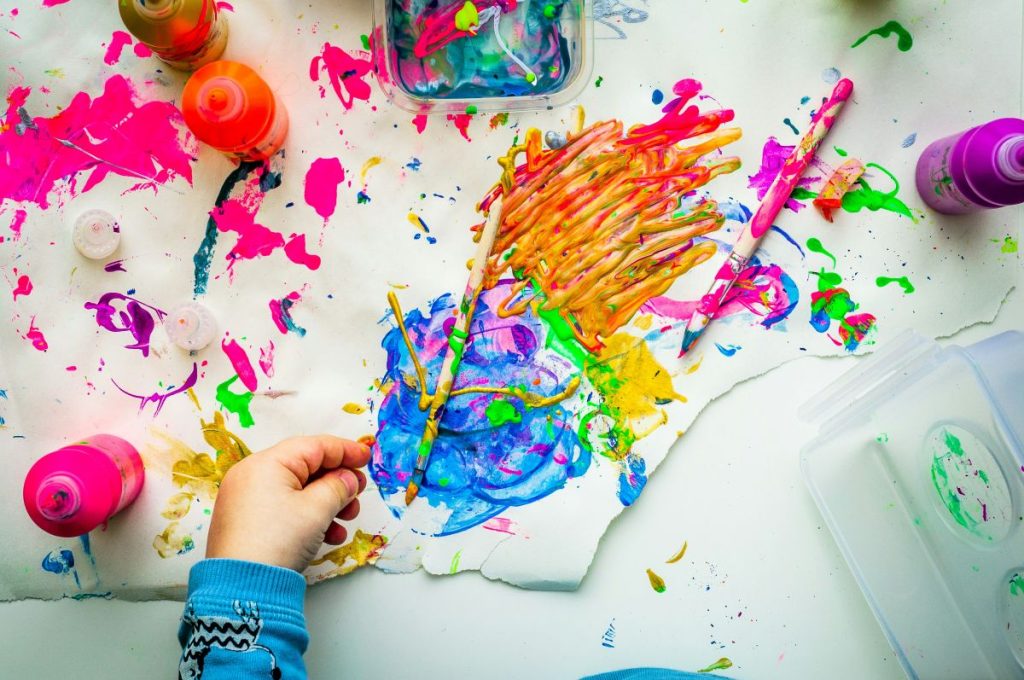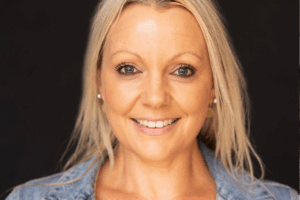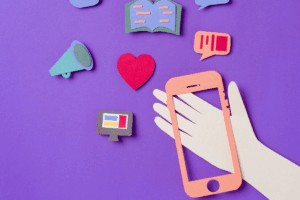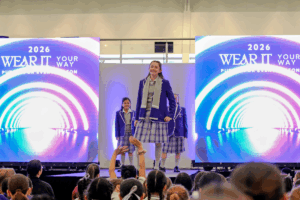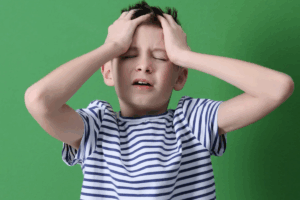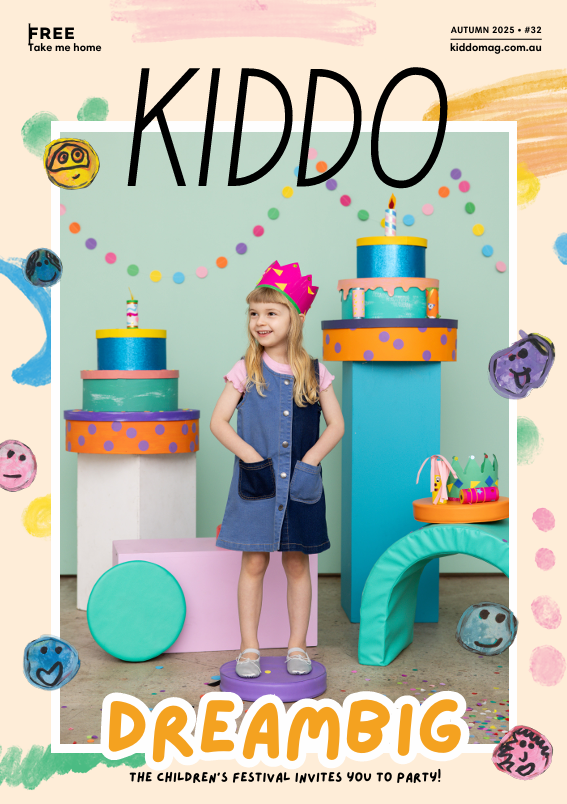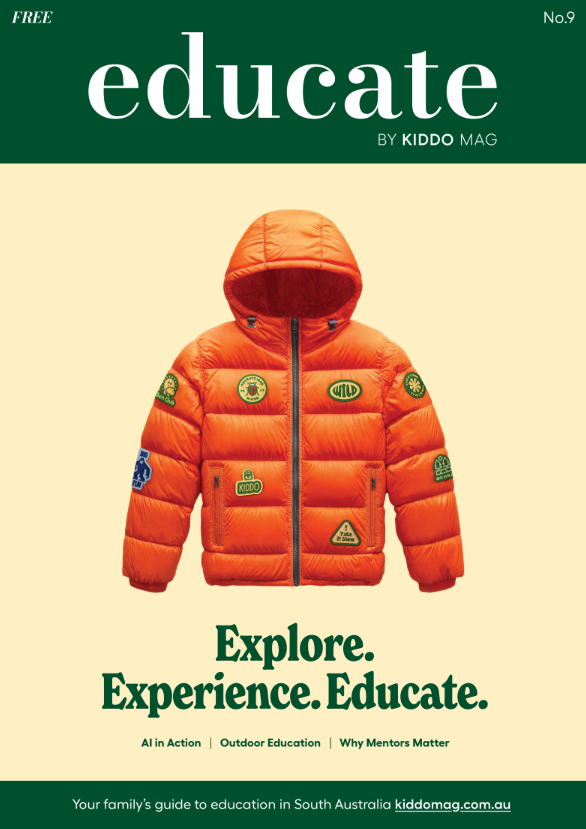If having fun is part of childhood, then creativity is too! Children tell me that being creative makes them happy, it makes them feel like themselves, and it means they can do the things they’re good at.
Earlier this year I ran a series of school consultations on the topic of arts and creativity to find out what creativity looks like for South Australian children and young people, and to hear their ideas for making their communities more creative.
129 children and young people, across a range of socio-economic backgrounds and regions, told me art and creativity is very important to them and a big part of who they are and what they like to do every day. In fact, most saw themselves as being inherently creative.
I asked them to share something they did which they considered to be creative. The list was extensive. It included music, craft, fashion, sketching, stories, programming, cooking, nature, video games, workouts, painting, sport, gardening, cubby houses, dance, hair and make-up, knitting, 3D modelling, playing an instrument, metal work, wood tech, handball, playing with Lego, reading and writing comics, jewelry making, interior design, bike riding, baking, singing, songwriting, clay work and coding. There was also singing, dancing, dressing-up, and other forms of imaginative play.
I loved hearing this. It meant the children and young people I spoke with viewed being creative as an intrinsic part of who they are.
We know, through comprehensive research, that exposure to culture and arts education means children perform better in school and in life more broadly, and that they are generally happier, more confident, and more connected to others.
Through creativity children learn to integrate their feelings with tasks. When we ask a child to paint, draw or tell a story about how they feel, they learn how to express their feelings safely and creatively.
Many children and young people said they know their feelings often spark their creativity and that being creative provides them with an opportunity to express their feelings and to relax, regulate and/or manage their emotions.
Children told me they would like to have more safe places to express themselves creatively and that being in a safe space helps them focus and find inspiration. They said when they’re encouraged to be creative it feels like adults are giving them permission to use their imagination and to express themselves without being judged. They also told me that being in quiet, calm spaces with music and colour work best!
Children and young people had lots of ideas for how to make their homes, schools, communities and public spaces more creative. They suggested providing more creative materials and having more dedicated spaces and time in which to be creative. They said these spaces could include the local library or sporting facility or even be on the school bus! Let’s encourage our kids to be creative every single day.
Helen Connolly is South Australia’s inaugural Commissioner for Children and Young People.
Find out more about the work of the Commissioner:
Follow KIDDO on Instagram and Facebook, and subscribe to our weekly newsletter
